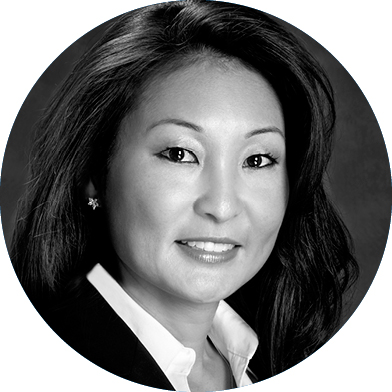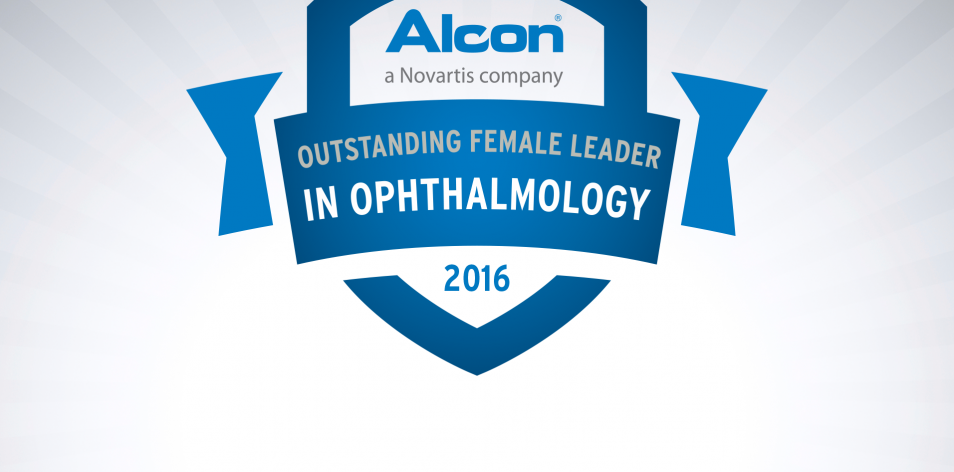
Sonia Yoo, MD
Dr. Yoo is a Professor of Ophthalmology at the Bascom Palmer Eye Institute, University of Miami Miller School of Medicine.
Please share with us your background.
I am currently a Professor of Ophthalmology with a joint appointment in Biomedical Engineering and the Associate Medical Director at Bascom Palmer Eye Institute, University of Miami Miller School of Medicine. I received my undergraduate degree at Stanford University in California and my medical degree at Case Western Reserve University in Ohio. I completed my residency and fellowship at the Massachusetts Eye and Ear Infirmary of Harvard Medical School in 1998. My hometown is Bethesda, Maryland.
What is the focus of your current research?
I am interested in surgical and diagnostic advances in refractive cataract and refractive corneal surgery. I am working on the use of optical coherence tomography imaging to aid visualization during surgery. I am also using this technology for the early detection of keratoconus.
What has your experience been collaborating with industry?
I have been a principal investigator in numerous drug and device trials, some sponsored by industry. Much productive clinical research can come out of collaborating with industry. Some of the industry trials I have been involved with include the following:
- Cross-Sectional Study of the Prevalence of TGFBI Corneal Dystrophies (Avellino Labs) | Principal Investigator, 2016
- Pregabalin for dry eye after LASIK (Pfizer) | Coinvestigator, 2016
- A Prospective Study to Evaluate the Safety and Effectiveness of Wavefront Guided LASIK Correction of Hyperopic Refractive Errors with the iDesign Advanced Wavescan Studio System (Abbott Medical Optics) | Principal Investigator, 2012 to 2016
- Use of the Visumax Femtosecond Laser Lenticule Removal Procedure for the Correction of Myopia (Carl Zeiss Meditec) | Coinvestigator, 2011 to 2016
- A Multicenter, Randomized, Placebo Controlled Evaluation of the Safety and Efficacy of the KXL System with VibeX (Riboflavin Ophthalmic Solution) for Corneal Collagen Cross-Linking in Eyes with Keratoconus (Avedro) | Principal Investigator, 2014 to 2016
- Ranibizumab for the Inhibition of Neovascularization in Pterygia (Genentech) | Principal Investigator, 2008
- Torsional Cataract Surgery (Alcon) | Principal Investigator, 2005 to 2007
- Styrene-isobutylene-styrene polymer (SIBS) in Ophthalmology (InnFocus) | Coinvestigator, 2004 to 2006
- Aqualase Cataract Surgery (Alcon) | Principal Investigator, 2003
- WaveScan-Derived Ablation Targets with the VISX STAR Excimer Laser (VISX) | Coinvestigator, 2002 to 2005
- Photon Laser Phacolysis for Cataract Surgery (Paradigm Medical Industries) | Principal Investigator, 2001 to 2003
In your opinion, how is the role of women in ophthalmology evolving?
There are now more women in ophthalmology and more entering the field as well. My perspective is one of an ophthalmologist practicing in an academic department. There are many more women role models in ophthalmology than when I started my training more than 20 years ago. When I started my first job out of fellowship, there were no tenured women in my department at that time. When I received my tenure in 2010, there were two tenured women in my faculty. Now, in 2016, there are three tenured women. There is progress, but it is slow.
What, if any, hurdles do you feel women in health care still face?
One of the hurdles that women in health care face is balancing their professional and personal lives. We must figure out how to carve out personal, family, and leisure time (considering spouse’s/partner’s career, young children, commuting relationships) and find support (child care, affordable housing, family leave, community).
What advice can you offer to young female
ophthalmologists who are still in training or just beginning their careers?
- Find a mentor;
- Organize your time;
- Beware of creep (defined as insidious expansion of work time into personal time);
- Take care of yourself (exercise, diet, and sleep);
- Prioritize; and
- Set goals and measure your progress.
Can you propose a unique or creative idea that may help women in ophthalmic practices?
Formalize a mentoring program, and consider adopting flexible work hours— for example, having clinics/surgery earlier or later in the day or on weekends.


